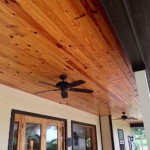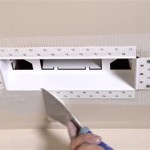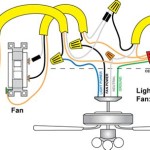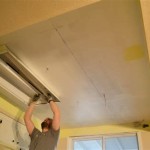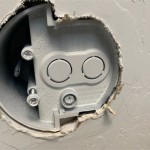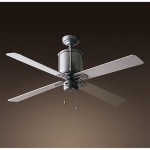A ceiling fan light socket is an essential part of any fan light fixture. It connects the fan motor to the light bulb, and in turn, the fan motor to the electrical wiring. Without a ceiling fan light socket, the fan and its light will not be able to function properly. This article will provide you with information regarding the different types of ceiling fan light sockets, their installation, and maintenance.
Types of Ceiling Fan Light Socket
Ceiling fan light sockets come in a variety of shapes and sizes, depending on the type of fan and its wattage. The most common types are the standard E27 Edison socket, the medium E26 Edison socket, and the smaller E12 candelabra socket. Each of these sockets has its own advantages and disadvantages, and it is important to choose the correct one for your fan.
Installation of Ceiling Fan Light Socket
Installing a ceiling fan light socket is a fairly simple process. First, you will need to turn off the power to the fan at the circuit breaker. Then, you should remove the existing socket and wire it to the fan motor. Once this is done, you can attach the new socket to the fan motor and tighten the screws. Finally, you can restore the power to the fan and test the new socket.
Maintenance of Ceiling Fan Light Socket
To ensure your ceiling fan light socket is working correctly, it is important to perform regular maintenance. Start by cleaning the socket with a soft cloth and a mild detergent. Check the connections for any signs of corrosion, and make sure that all the wires are properly secured. If you notice any issues, you should contact a professional to make any necessary repairs.
Conclusion
Ceiling fan light sockets are an important part of any fan light fixture. It is important to choose the correct socket for your fan, and to properly install and maintain it. By following the steps outlined in this article, you can ensure that your ceiling fan light socket is working correctly and safely, so you can enjoy your fan for years to come.














Related Posts

